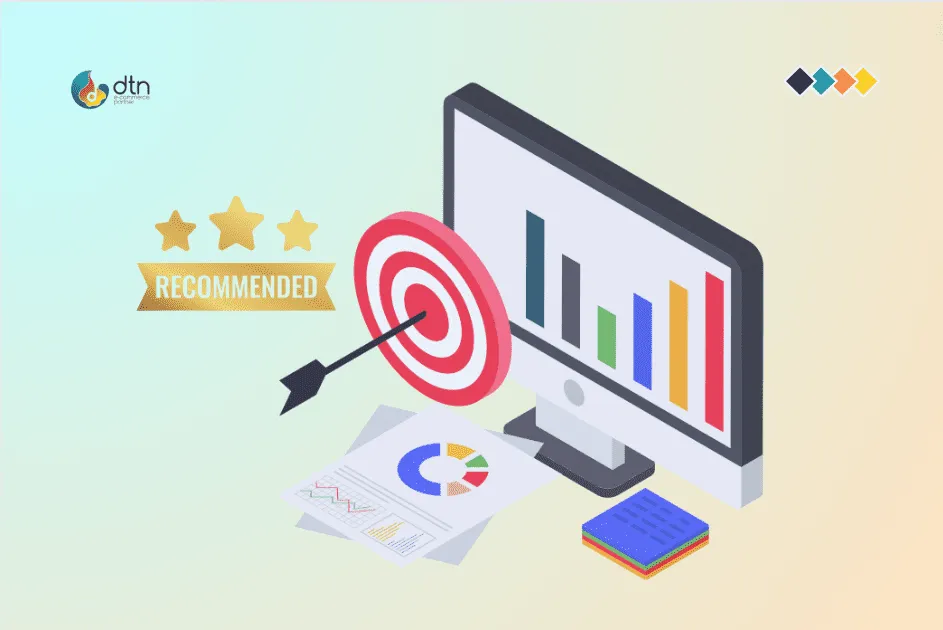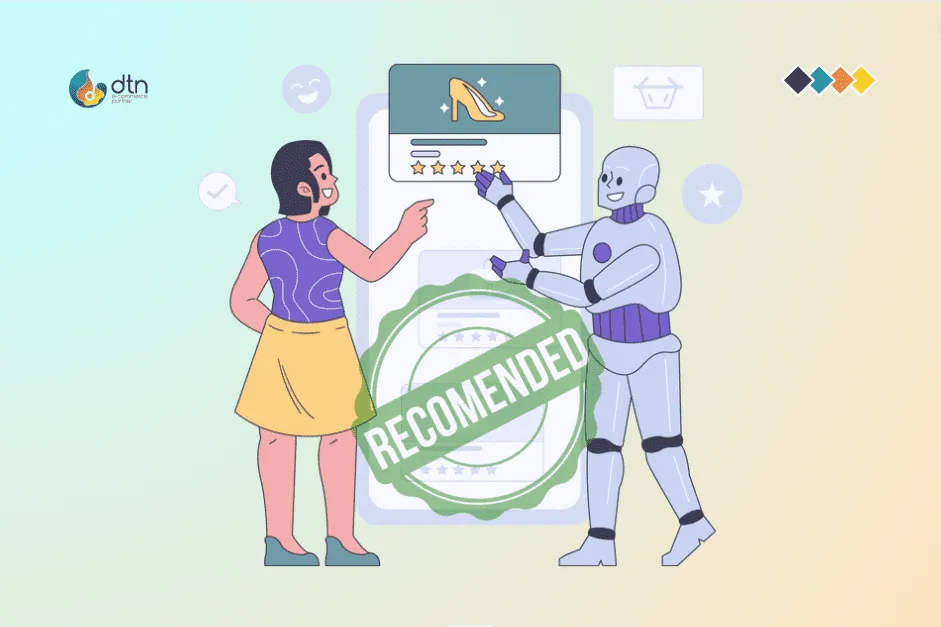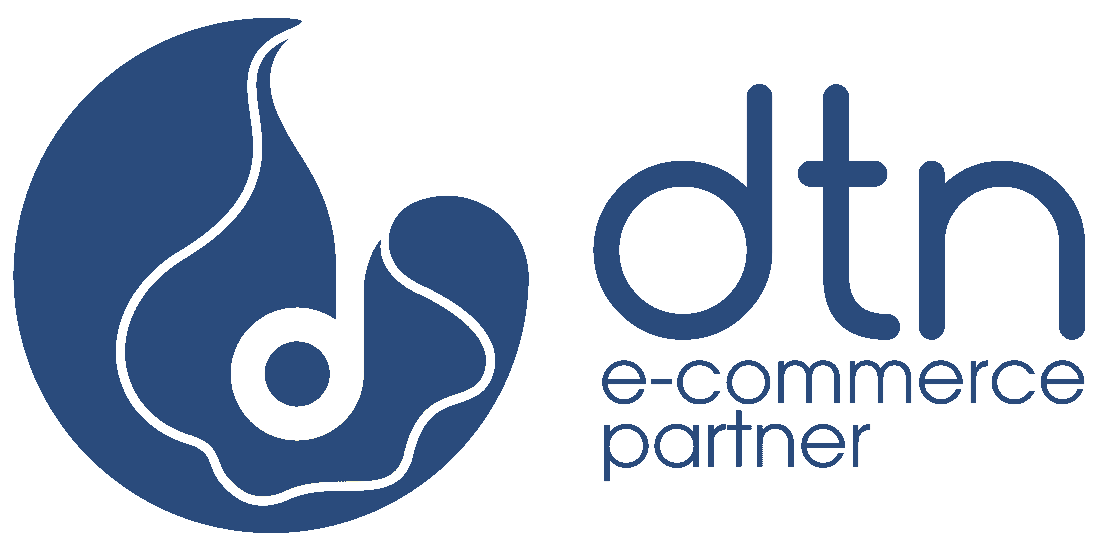The digital landscape is a crowded marketplace, and standing out is crucial for e-commerce businesses. In a world saturated with options, capturing customer attention and driving conversions requires more than just a catchy website or attractive product photography. The key to success lies in personalization, and product recommendations are leading the charge.
Table of Contents
The Rise of Personalized Recommendations
Gone are the days of generic product suggestions based on popularity alone. Consumers today are demanding a more tailored experience, one that understands their individual needs and preferences. This is where personalized product recommendations come in, offering a powerful solution to bridge the gap between browsing and buying.
But what exactly are personalized product recommendations?
Essentially, it’s about suggesting products that are most likely to resonate with a specific customer based on their unique characteristics, browsing history, and past interactions. This can range from suggesting complementary items based on the customer’s current cart to providing curated product lists based on their browsing history and purchase patterns.

The Benefits of Personalized Recommendations
The benefits of incorporating personalized product recommendations into your e-commerce strategy are undeniable:
- Increased Conversion Rates: By presenting customers with relevant and enticing suggestions, you can drive them to discover new products and ultimately make a purchase. Research shows that personalized recommendations can lead to a 10-30% increase in conversion rates.
- Enhanced Customer Experience: A tailored shopping experience fosters a sense of trust and understanding, making customers feel valued and appreciated. This personalized approach contributes to increased customer satisfaction and loyalty.
- Reduced Shopping Cart Abandonment: By suggesting relevant products that address potential needs or complete their shopping list, you can reduce the likelihood of customers abandoning their carts.
- Increased Average Order Value (AOV): Personalized recommendations encourage customers to explore and discover products beyond their initial intention, leading to higher purchase volumes and increased AOV.
- Improved Customer Engagement: By offering personalized recommendations, you can keep customers engaged and coming back for more. This can translate into a more frequent and loyal customer base.

Types of Product Recommendations
There are several different types of personalized product recommendations that e-commerce businesses can leverage:
- Based on Past Purchases: Recommending products similar to previous purchases is a straightforward yet effective approach. For example, if a customer bought a pair of running shoes, you might suggest complementary items like running socks, a running belt, or a hydration pack.
- Based on Browsing History: Analyzing browsing patterns can provide valuable insights into customer interests. If a customer spends significant time browsing a particular category or product page, you can recommend similar products or explore their potential interest in related categories.
- Based on User Profile and Demographics: Using data like age, gender, location, and interests can help tailor recommendations to specific customer segments. For instance, you can offer curated fashion suggestions based on a customer’s preferred style or suggest travel destinations aligned with their interests.
- Based on Cart Contents: Recommending items that complement the customer’s current cart is a great way to encourage additional purchases. If a customer has a dress in their cart, you can suggest matching accessories like a belt, handbag, or jewelry.
- Based on Popularity: While not as personalized, recommending popular products based on overall sales data can still be effective, especially for introducing customers to new products or bestsellers.

Implementing Personalized Product Recommendations
Implementing personalized product recommendations requires a strategic approach:
- Choose the Right Technology: There are numerous e-commerce platforms and third-party solutions that offer personalized recommendation features. Choose a platform that fits your business requirements and integrates smoothly with your current systems.
- Collect and Analyze Customer Data: The success of personalized recommendations relies on having access to comprehensive customer data. Implement data collection strategies to gather information about customer browsing behavior, purchase history, and demographics.
- Develop Effective Recommendations: Once you have the data, it’s crucial to develop algorithms and strategies to generate relevant and personalized recommendations. Experiment with different approaches to find what resonates best with your customers.
- Test and Optimize: Regularly test and optimize your recommendations to ensure they are performing effectively. Monitor key metrics like click-through rates, conversion rates, and AOV to identify areas for improvement.
- Personalize the Experience: Beyond simply displaying recommendations, consider tailoring the presentation based on individual customer preferences. For example, you can offer different recommendation layouts or prioritize certain types of recommendations based on customer behavior.

The Future of Personalized Product Recommendations
The future of personalized product recommendations is bright, with advancements in artificial intelligence (AI) and machine learning (ML) leading to increasingly sophisticated and accurate recommendations.
AI-powered systems can:
- Analyze vast amounts of data: AI algorithms can process vast amounts of data to identify complex patterns and hidden correlations, leading to more nuanced and insightful recommendations.
- Learn and adapt: AI systems can continuously learn from customer interactions, adapting recommendations over time to deliver increasingly personalized experiences.
- Predict customer behavior: AI can analyze data to predict future customer behavior, enabling businesses to proactively recommend products that align with their evolving needs and interests.

Conclusion
In today’s competitive e-commerce landscape, personalization is no longer a luxury but a necessity. Personalized product recommendations offer a powerful way to enhance customer experiences, drive conversions, and build lasting customer loyalty. By embracing this technology and strategically integrating it into your e-commerce strategy, you can unlock a new level of success and take your business to the next level.
Frequently Asked Questions
We’ve compiled a list of answers to common questions.
What are personalized product recommendations?
Personalized product recommendations suggest products likely to resonate with a specific customer based on their unique characteristics, browsing history, and past interactions. These can include complementary items, curated lists, or products similar to previous purchases.
How do personalized recommendations benefit e-commerce businesses?
Personalized recommendations increase conversion rates by presenting relevant suggestions, enhance customer experience, reduce shopping cart abandonment, increase average order value (AOV), and improve customer engagement, leading to a more loyal customer base.
What types of personalized recommendations can e-commerce businesses use?
Businesses can recommend products based on past purchases, browsing history, user profile and demographics, current cart contents, and overall popularity to tailor the shopping experience to individual customers.
How can businesses implement personalized product recommendations effectively?
To implement personalized recommendations, businesses should choose the right technology, collect and analyze customer data, develop effective recommendation algorithms, regularly test and optimize their recommendations, and personalize the presentation based on customer preferences.
What is the future of personalized product recommendations?
The future of personalized recommendations lies in advancements in AI and ML, which can analyze vast amounts of data, continuously learn and adapt, and predict customer behavior. This leads to more sophisticated and accurate recommendations, enhancing customer experiences and driving business success.



